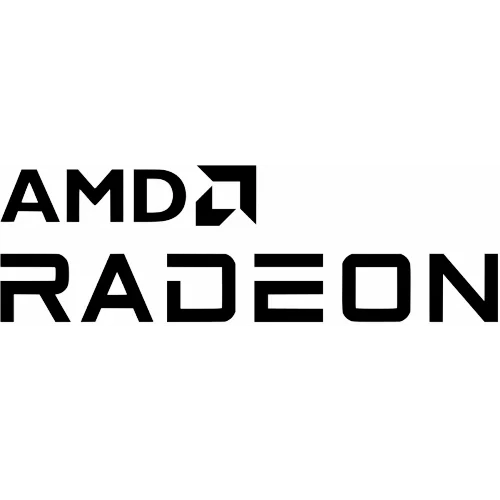RADV Lands Fragment Shader Interlock Support - Useful For Emulators, DXVK & VKD3D

At the start of April a fragment shader interlock merge request was opened for implementing this extension in the open-source Radeon driver code. After some refinements the past few months, as we hit the end of June the code was merged today for Mesa 23.2-devel.
The VK_EXT_fragment_shader_interlock extension is used by game emulators like the Nintendo Switch Ryujinx, Play! PlayStation 2 emulator, Vita3K PlayStation Vita emulator, and Xenia Xbox 360 emulator. The fragment shader interlock support is also relied upon by games like GRID 2, Just Cause 3, Super Mario Party, and others. This is also needed with VKD3D for advertising DirectX 12 Feature Level 12_1 support. DXVK can also make use of this extension as can the Zink OpenGL-on-Vulkan code.
Utilizing this extension can allow for avoiding overlapping pixels from being processed at the same time and also affords guarantees around the ordering of fragment shader invocations of fragments with overlapping pixels. AMD refers to the functionality in general as Primitive Ordered Pixel Shading (POPS). This functionality meanwhile has been a long-standing request for the AMDVLK official AMD Vulkan driver.
More details on this RADV Fragment Shader Interlock support via this merge request now part of Mesa 23.2. This work was carried out by developer "Triang3l" who in addition to working on Xbox 360 emulation has also been developing the "Terakan" Radeon HD 6000 series Vulkan driver albeit still in an extremely early stage of development.
11 Comments

